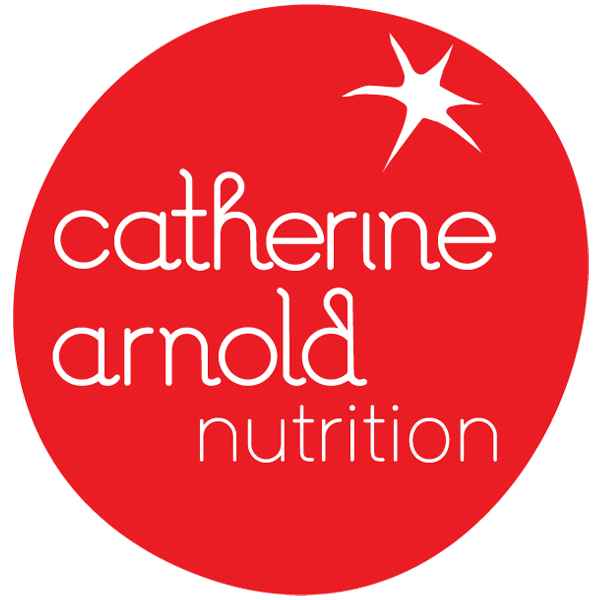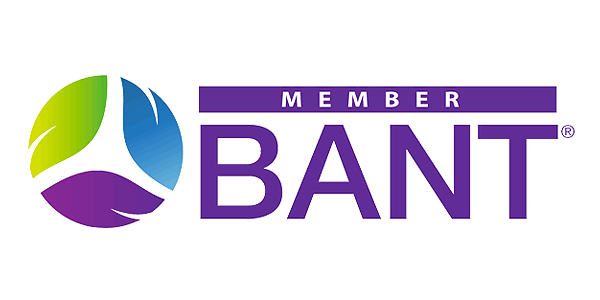
Do you suffer from painful, heavy periods? Does your life stop every month to accommodate your period? Are you taking painkillers or spending a fortune on sanitary products?
Painful periods also known as dysmenorrhoea, is the most common gynaecological condition in women regardless of age or nationality. For some it can be so bad it leads to days off work or school and it can be a monthly ordeal just getting through it.
Conventional treatments available are painkillers and even the oral contraceptive pill. Neither of which help to heal the problem and they actually carry significant health risks, especially if you are taking them long term. Painkillers (non-steroidal anti-inflammatories) are linked to gastrointestinal risks such as bleeding of the digestive tract, kidney problems and increased blood pressure. The contraceptive pill is a medication containing synthetic hormones which is linked to an increased risk of cervical and breast cancers, blood clots, heart disease as well as weight gain and mood changes.
There are other options that are much safer and which aim to heal the imbalances at the root cause of these symptoms. As a functional medicine practitioner, I regard symptoms as ‘clues’ to underlying imbalances in the body. By understanding a bit more about why someone is experiencing these symptoms, it’s actually possible to improve things, for good. In fact, I have noticed in my clinic that almost all of my female clients note an improvement in their period symptoms after working together to make diet and lifestyle change.
During menstruation, the uterus contracts to shed its lining. This process is triggered by fluctuating hormone levels of oestrogen and progesterone. If you suffer from an imbalance in these hormones, this could impact the level of symptoms that you experience every month. Extreme period pain, breast tenderness, fluid retention and irritable mood are all symptoms associated with high oestrogen levels or oestrogen dominance as it’s also known. An imbalance in your oestrogen levels could also lead to other health problems such as fibroids, polycystic ovaries, endometriosis and even breast cancer.
There are many things that can cause oestrogen dominance: diet, alcohol and stress all play a part as do toxins – most notably xenoestrogens (substances with oestrogen-like effects) which can be found in beauty and haircare products, household cleaning products, till receipts and plastics including those which leach from water bottles into the bottled water that we drink. In the body, xenoestrogens mimic our hormone oestrogen which can cause health problems.
And there are other hormones which can influence the severity of your period symptoms.
Researchers have discovered that women with more severe dysmenorrhea have higher levels of prostaglandins in their menstrual fluid. Prostaglandins are a type of hormone which regulate inflammation in all areas of the body.
Some prostaglandins intensify the inflammatory response while others reduce it. The fats that we eat can reduce or intensify the inflammatory response by influencing the types of prostaglandins made. Inflammatory fats such as polyunsaturated vegetable oils, partially hydrogenated oils, trans fats such as margarine and vegetable shortening will mean there are more inflammatory prostaglandins in the body.
Whereas anti-inflammatory omega 3 fats (found in fish oils) actually increase the production of inhibitory prostaglandins and reduce the inflammatory response.
Here are some of my tips for reducing your period pain and other symptoms of oestrogen dominance and optimising your hormone balance.
Diet:
Eating adequate healthy fat is essential and the best fats to eat are omega 3 fats which are anti-inflammatory and can be found in oily fish (salmon, mackerel, herring, anchovy, trout, sardines). Aim for 3 portions per week or more!
Olive oil and avocados should also be part of a healthy anti-inflammatory diet too.
Avoid vegetable oils, transfats from junk food and margarine.
Reduce alcohol, it increases oestrogen levels.
Eat foods that are high in magnesium. Magnesium is a muscle relaxant and helps to reduce stress. Foods high in magnesium are green leafy vegetables, nuts, seeds, avocado, legumes (lentils & beans), banana and wholegrains. It’s also found in dark chocolate! Choose 70% cocoa solids or preferably higher and try not eat the whole bar, just a few squares will give you a chocolate hit! If you eat it with nuts it also reduces the spike in blood sugar and doubles up on the magnesium content!
Include cruciferous vegetables in your diet daily. They contain indole-3-carbinol which helps with the breakdown and eliminaton of oestrogens. They are found in cauliflower, kale, cabbage, broccoli and sprouts.
Reduce your toxic load:
Start to look at the beauty products you use on your body and the cleaning products you use around the house. One by one start to replace them with more natural alternatives free from phthalates, parabens, and other endocrine disrupting chemicals. One option is to make your own beauty products, there are lots of websites now which show you how to do this. There are also lots of brands which sell shampoo, soap, conditioner, face creams and makeup without these extra chemicals. Green People and Jason are good brands. Choose natural deodorants (Jason and Green People sell these but I like this one best: https://elsas.co.uk/product/lemon-ice-creme-deodorant/) and look for make up brands which are free of chemicals too.
Here’s a guide to healthy cleaning by Environmental Working Group: https://www.ewg.org/guides/cleaners/content/methodology. Vinegar spray and bicarbonate of soda are good natural cleaners.
If you don’t already eat organic, look at this guide to the most heavily sprayed crops and try to get these foods organic or at least, spray free: https://www.ewg.org/foodnews/dirty-dozen.php
To prevent ingesting plastics, never drink water from plastic bottles – opt for glass bottles or take your own water bottle with you! Always filter tap water too which can contain way more chemicals then you would think.
Avoid canned foods which are lined with a plastic coating – this can contain BPA, a xenoestrogen.
Test:
I would always consider testing so you can understand more about the hormonal balance in your body and to see if you are breaking down and eliminating your hormones effectively. I use a very popular lab test called the Dutch Plus test with my clients which involves giving urine and saliva samples over a 24 hour period. It measures all the sex hormones along with cortisol (stress hormone) which massively impacts our hormonal balance, to give an amazing insight into the real reason behind your symptoms. You will need to work with a nutritional therapist or functional medicine practitioner to do this test. There is more information about this test here.
You can also test to see if you have a genetic irregularity which impairs your ability to detoxify oestrogen. This is particularly enlightening for those who are at risk of or who have been through breast cancer. If you find out you do have an impaired ability to detoxify your oestrogen from a genetic perspective, there are still lots of ways to support the detoxification process, through diet, lifestyle and specific nutrient supplementation.
Gut Health:
Optimising gut health is essential when it comes to hormone balance and to reduce inflammation too. An imbalance in gut flora can impact both of these things, so you need to make sure you have a diet which contains a wide variety of vegetables, drink plenty of water and consider including fermented foods too. See my blog on optimising your gut health here. Consider seeing a nutritional therapist if you know you have gut issues, as addressing this properly may ultimately lead to a more balanced hormonal state.
Get in touch if you would like my support on your journey to optimum health. Email catherinearnoldnutrition@gmail.com to find out more or to arrange a FREE 15 minute phonecall to discover how nutritional therapy can help you.



